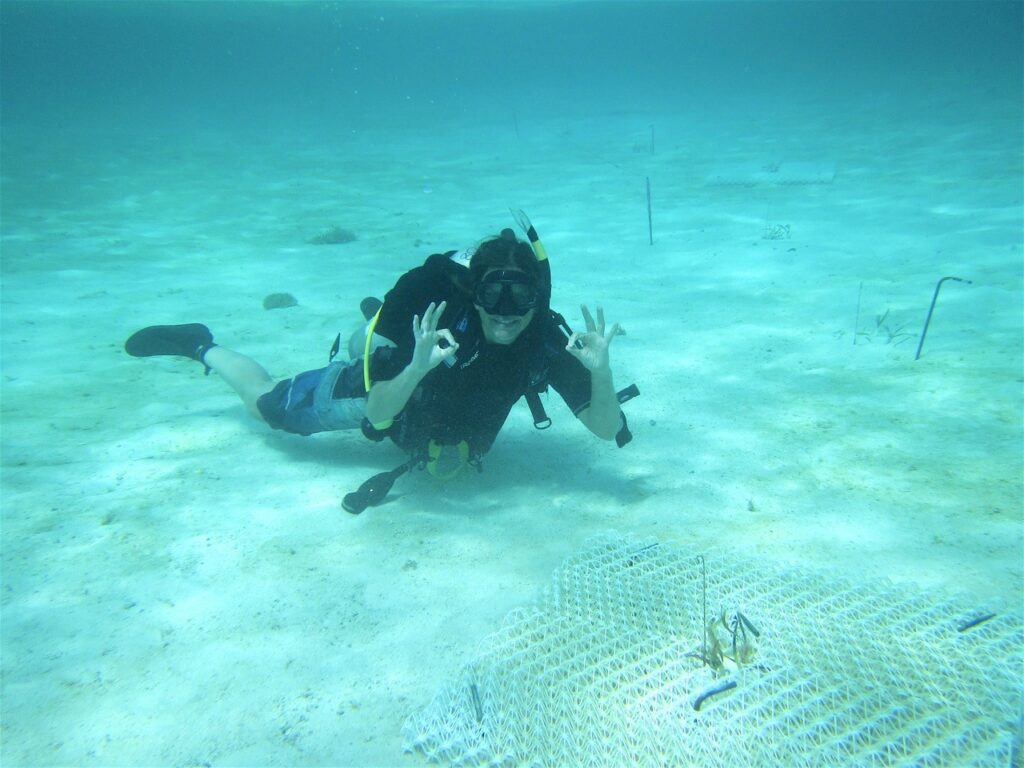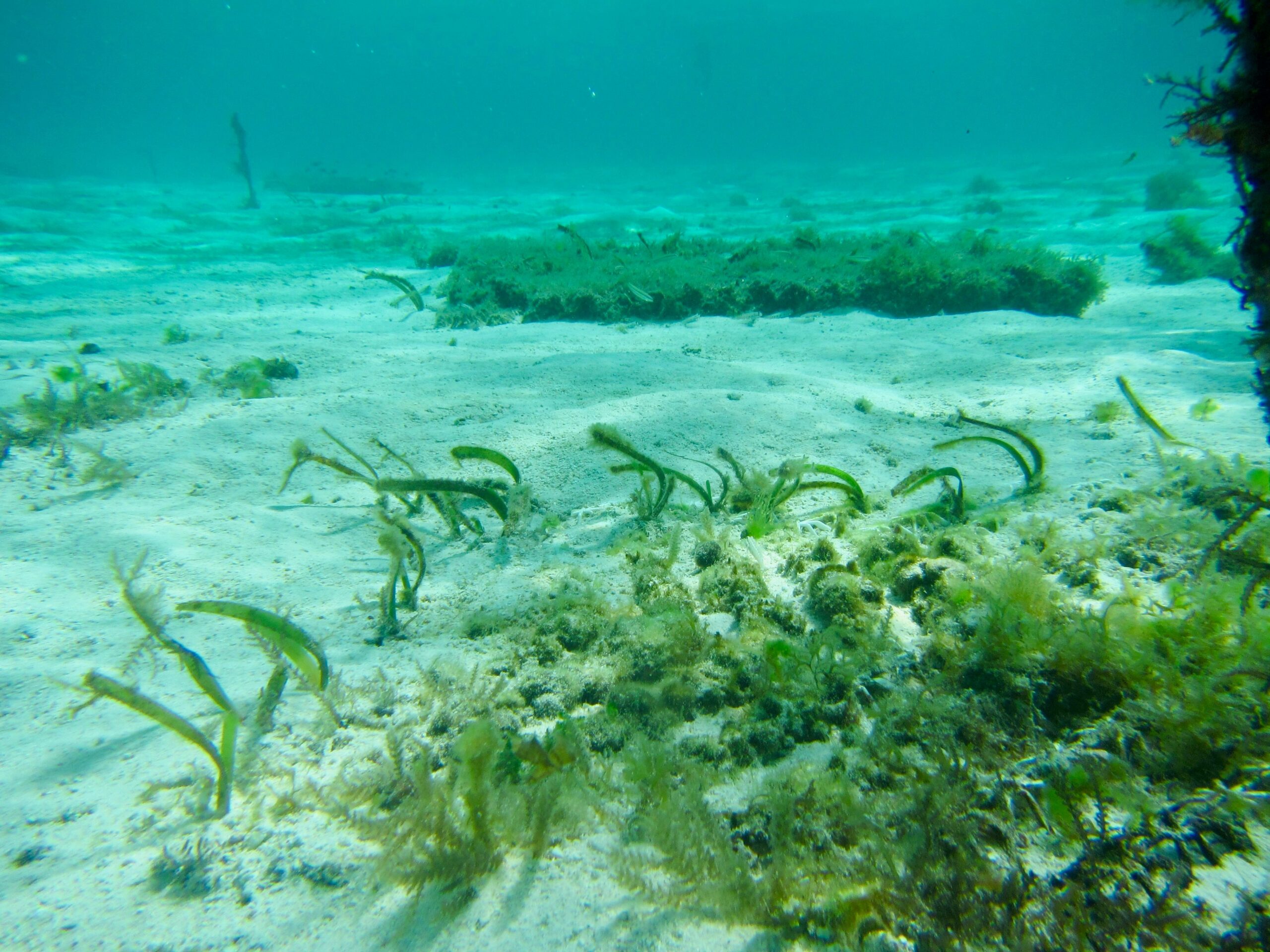Wageningen scientists have found a way of restoring disappearing ecosystems in coastal zones using biodegradable material made of potato waste. At locations in the Netherlands and Bonaire, their ‘bio mats’ are helping regenerate the growth of various grass species.
Vegetation in the coastal zone is part of the first line of defence against flooding, as the plants form a buffer against the waves. At the same time, the plants provide nurseries for young fish that are an important link in the food chain. Because more and more of these ecosystems are dwindling around the world, an international team of scientists, including two WUR scientists, set about finding a way of regenerating the vegetation. They published their results in the scientific journal Nature Communications.
Additional support
Biodegradable mats made out of potato waste are helping newly planted grasses keep their foothold. The grasses need that support not just underwater but also in exposed areas (salt marshes) along the coast that flood intermittently. ‘Without additional support, waves uproot the plants straightaway,’ says Marjolijn Christianen, who coordinates the research. The mats disintegrate of their own accord within a few years, by which time the grass is tall and strong enough to survive without further support.
‘Seagrasses and marsh grasses support their neighbouring plants in various ways,’ says Christianen. Seagrasses are limp and flexible above the ground, but their robust root system holds the soil together, so that waves cannot easily uproot the plants. Marsh grasses, on the other hand, are much tougher and provide support above the ground. By placing the mats above the ground, the scientists simulate the support of the stalks, while mats dug into the ground imitate the root system.

Shelter for crabs
During the first trial, the scientists found that the mats not only stimulated the growth of sea and marsh grasses, but also influenced other life forms in the coastal zone. Marsh samphire thrived, for instance, on the 3D structures, and mangrove seeds germinated there. The mats also provide shelter for small crabs, so they can escape predators.
In my diving gear, I installed a few mats myself
Researcher Marjolijn Christianen
Numerous different animals came in contact with the mats during the study, but Christianen is not worried about the animals getting stuck. ‘In terms of material, the mats resemble strong, hard plastic; so they are not as flexible as nets. You can even walk over them without bending the grids.’ So she thinks there is little risk of a fish or a turtle getting stuck in the mats.
Refining the method
The mats provide a solution for the planting of new sea and marsh grasses in the coastal zone. ‘We want to lend nature a hand, especially in places where conditions are harsh, such as areas with a lot of big waves,’ says Christianen. The biodegradable mats come in little portable units that connect together easily. That enables the researchers to create mats in all shapes and sizes. So scaling up the mats is no problem, but exactly what they will look like when used on a large scale remains to be seen. Christianen: ‘The next challenge is to find out which shape and thickness works optimally.’
The installing of the mats needs to be done more efficiently too, says Christianen. For their trial, the researchers positioned the little mats by hand. Christianen: ‘In my diving gear, I installed a few mats myself, but that is not feasible on a larger scale, and we would need to use cranes.’

